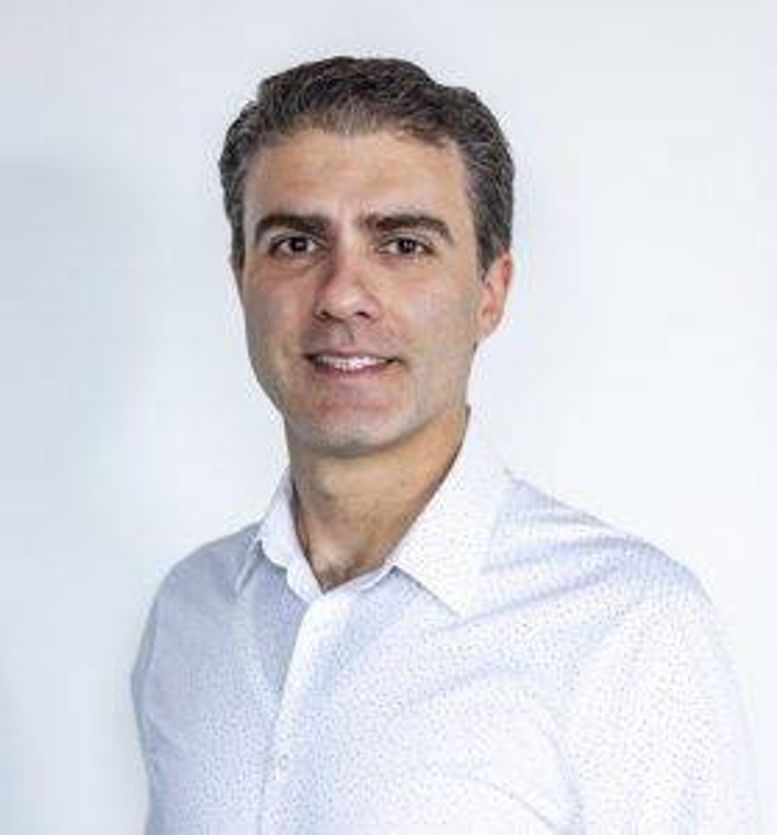The Government Program Funding Startups for Older Adults
How some entrepreneurs can get money from the National Institute on Aging
The clamoring need to help solve big thorny problems like Alzheimer’s disease and other age-related issues is growing more urgent. But it’s often hard for entrepreneurs to raise money to develop products and services. That’s where a novel, little-known government funding program from the National Institute on Aging (NIA) comes in.

The NIA’s Small Business Innovation Research Fund (SBIR) is aimed squarely at offering a hand to these kinds of startups. It has exploded in size, and in 2019 provided an estimated $105 million to startups — more than triple what it delivered in 2015. Of particular interest: Alzheimer’s disease and its related dementias.
The National Institute on Aging's Small Business Fund

“We use it as a large seed fund to help support startups that most often are too early for private investment,” said Todd Haim, chief of the Office of Small Business Research, National Institute on Aging, National Institutes of Health. “They are still collecting data and need to show more proof of concept and more data before a private investor will make an investment.”
Getting funding isn’t easy; the acceptance rate was around 20% last year.
I learned about the fund while attending the Washington Innovation in Longevity Summit in December.
As the lead federal agency for research on Alzheimer’s disease and related health issues, NIA has an ample budget devoted to the development of medical interventions and therapeutics designed to prevent or treat Alzheimer’s disease and to help families and caregivers of people with dementia.
But what about entrepreneurial efforts serving those people and other older Americans? That’s the allure of NIA’s Small Business Innovation Research fund. It not only provides a cash infusion to push development onward, it also lends credibility and validation to early-stage companies. And the cachet linked to these awards can entice funding from other partners and investors down the road.
The Small Business Innovation Research fund and NIA’s sister fund, the Small Business Technology Transfer Research (STTR) program, are Congressionally mandated initiatives providing money for U.S. small businesses to engage in research and development with a strong potential for commercialization. STTR requires businesses to collaborate with research institutions.
“We’re interested in a broad range of new interventions, aids and diagnostic instruments that come from scientific advances,” Haim said. “Some of these include novel devices, therapeutics, assistive technologies and health information technology.”
How to Get Funding
To receive funding, applicants must present ideas that turn research on aging or Alzheimer’s disease, and/or the challenges and needs of older Americans into innovative programs, systems, networks, products or services.
Said Haim: “We know that we can use the [SBIR] program to help these companies actually get the data and give them the traction. Eventually, they will attract the private investment that will get these products to the patients that so badly need them. If the products actually work, it could be profound.”
Eligible businesses must be for-profit entities either based in the United States, operating within the United States or making a significant contribution to the U.S. economy. And they must have 500 or fewer employees.
Getting funding isn’t easy; the acceptance rate was around 20% last year.

“The funding is competitive, as it should be,” said Ashkan Vaziri, the co-founder and CEO of Newton, Mass.-based BioSensics, which has received more than $10 million of funding from NIA since 2009 for its research and development programs. BioSensics has developed a wearable sensor to automatically detect falls and assess an individual’s future risk of falling based on data gathered during activities of daily living.
“The grant application process helped us refine our ideas and research directions, and the feedback from the review process has proved to be invaluable at different stages of product development and commercialization,” Vaziri said. “Our most recent awards focus on development of technologies for continuous monitoring of cognitive decline, and an interactive Tai chi platform for older adults.”
BioSensics’ medical alert technologies are now being used by thousands of older adults. In August 2019, Best Buy acquired parts of BioSensics' assets and technologies.
The Rigorous Application Process
NIA’s application process is rigorous. In fact, recipients often need to take a few passes to get funding. But the NIA team offers handholding and guidance, including a 10-week coaching program with customized support. The Applicant Assistance Program aims to especially ramp up the number of applications from small businesses that are women-owned and from socially and economically disadvantaged companies.
A few questions entrepreneurs must be able to answer to receive NIA funding: How is the therapeutic or technology innovative? What unmet need is being addressed? What technical challenges must be overcome? What is the existing competition?
Many NIA applications from entrepreneurs get off to a rocky start with a weak or incomplete “Specific Aims” section, Haim told me. “This section is crucial to a strong application. It’s where you describe the unmet need you plan to address, highlight why your idea has a competitive advantage, and present key metrics and milestones for achieving your goal.”
One Company Received $2.5 Million From the NIA

For Dr. Glen Xiong, the chief medical officer of another successful NIA recipient, San Francisco-based SafelyYou, the most challenging part of getting funding was translating the company’s technological advances to the medical community. SafelyYou uses artificial intelligence and vision science for its fall-detection app.
“There was concern over privacy and security,” Xiong said. "And there were concerns over how broadly applicable the results would be, as the NIA also had questions about how able the team would be to grow the company, how scalable the technology would be and how effective the business model would be."
The firm initially received a $150,000 award “to demonstrate outcomes showing that further funding was warranted,” Xiong said. That led to two more NIA awards, for a total $2.5 million in funding to date.
Small businesses who receive NIA funding retain intellectual property rights for their innovations. “Our role is only to support innovative projects through this program that we think will really make a difference for older adults,” Haim said.


